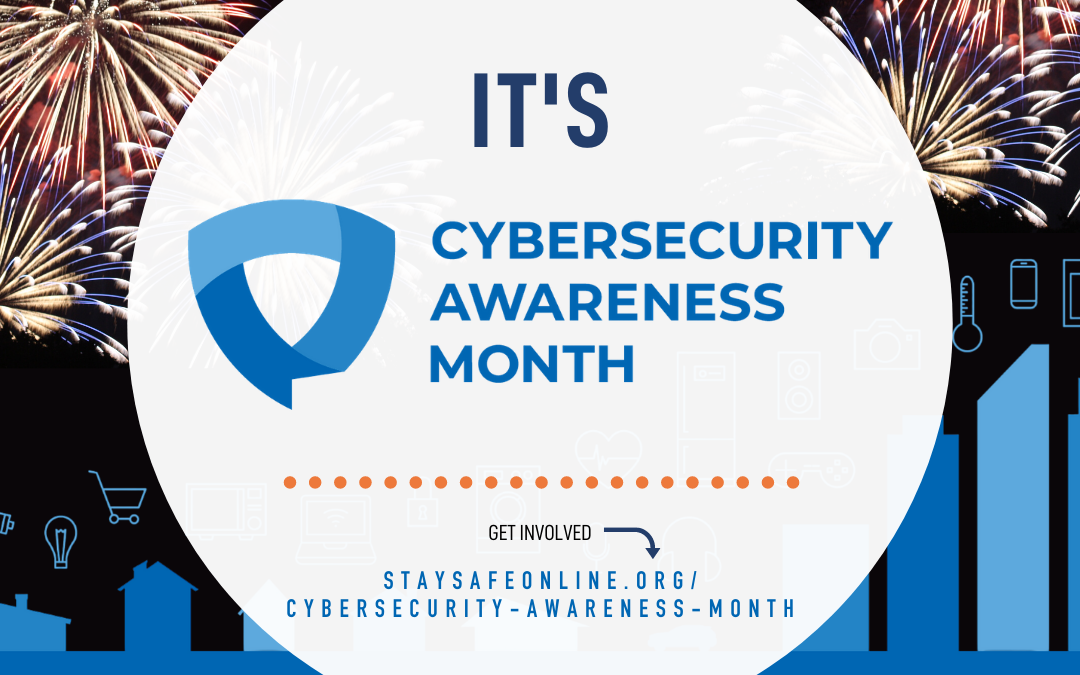This October marks the 17th annual National Cyber Security Awareness Month in the US. As our dependence on our technology grows, so too does the risk and cost of cyber attacks.
Businesses face significant financial loss when a cyber attack occurs. In 2019, the U.S. business sector had 17% increase in data breaches: 1,473 breaches. Cybercriminals often rely on human error—employees failing to install software patches or clicking on malicious links—to gain access to systems. From the top leadership to the newest employee, cybersecurity
requires the vigilance of everyone to keep data, customers, and capital safe and secure.
As technology continues to evolve, cybercriminals will use more sophisticated techniques to steal your identity, personal information, and money. To protect yourself and your business from online threats you must know what to look for and how to better defend yourself in our increasingly online world.
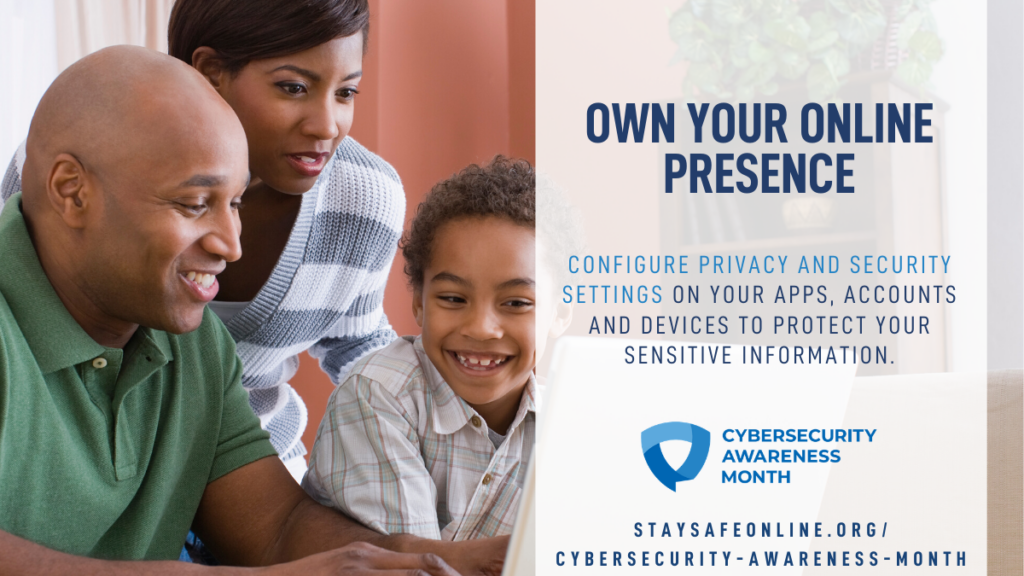
Treat business information as personal information. Business information typically includes a mix of personal and proprietary data. While you may think of trade secrets and company credit accounts, it also includes employee personally identifiable information (PII) through tax forms and payroll accounts. Do not share PII with unknown parties or over unsecured networks.
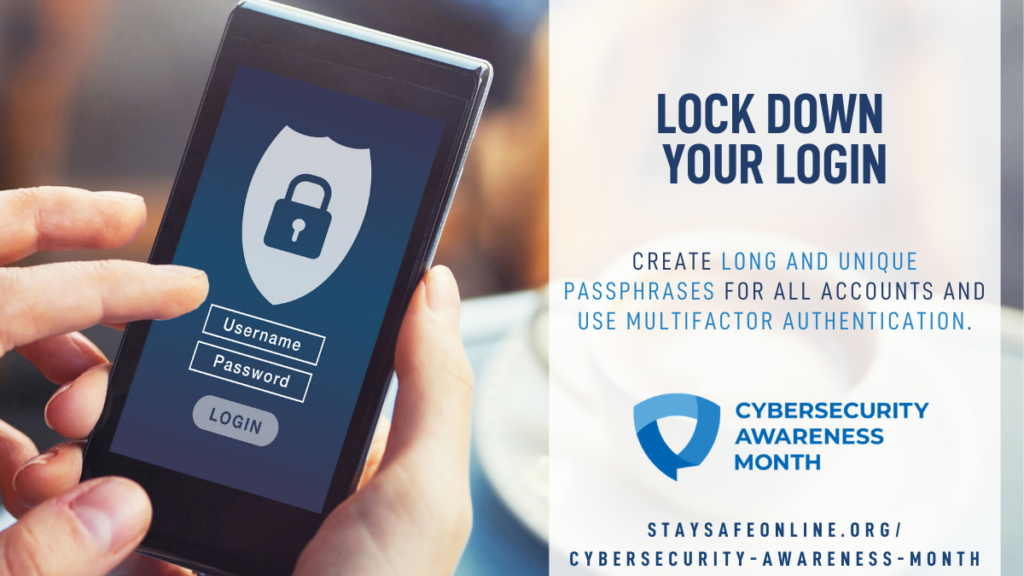
Don’t make passwords easy to guess. As “smart” or data-driven technology evolves, it is important to remember that security measures only work if used correctly by employees. Smart technology runs on data, meaning devices such as smartphones, laptop computers, wireless printers, and other devices are constantly exchanging data to complete tasks. Take proper security precautions and ensure correct configuration to wireless devices in order to prevent data breaches.
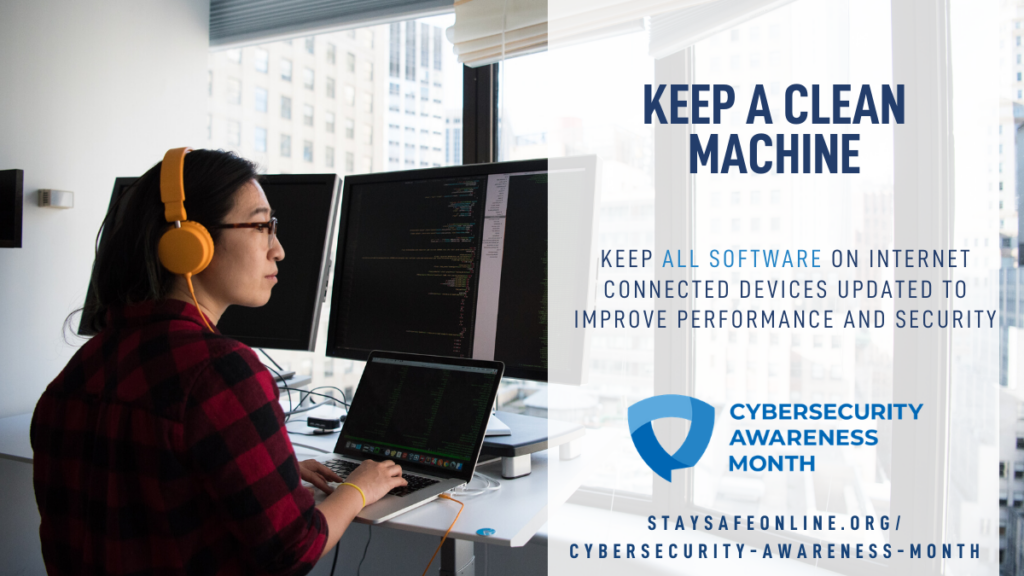
Be up to date. Keep your software updated to the latest version available. Maintain your security settings to keeping your information safe by turning on automatic updates so you don’t have to think about it and set your security software to run regular scans.
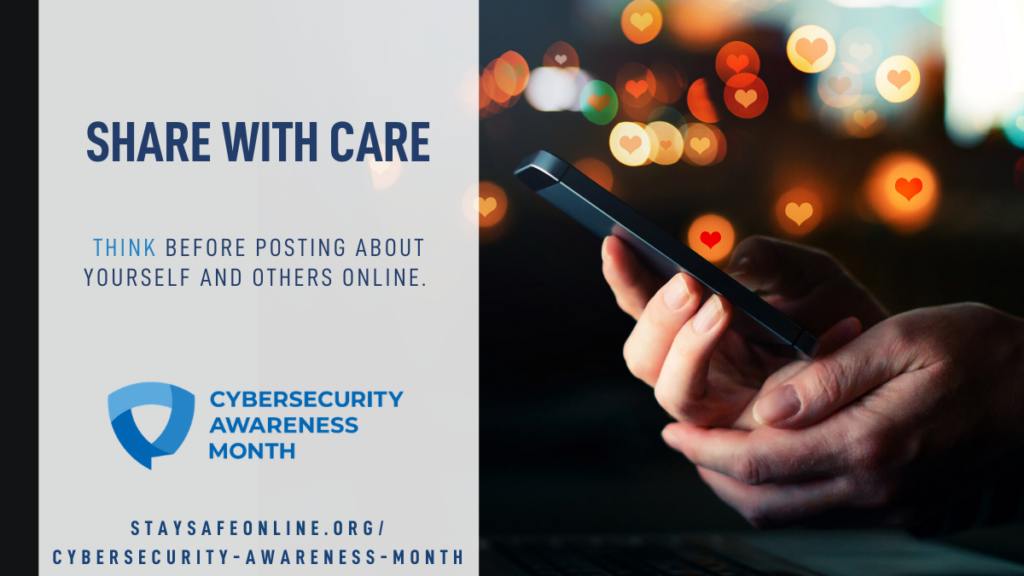
Social media is part of the fraud toolset. By searching Google and scanning your organization’s social media sites, cybercriminals can gather information about your partners and vendors, as well as human resources and financial departments. Employees should avoid oversharing on social media and should not conduct official business, exchange payment, or share PII on social media platforms.
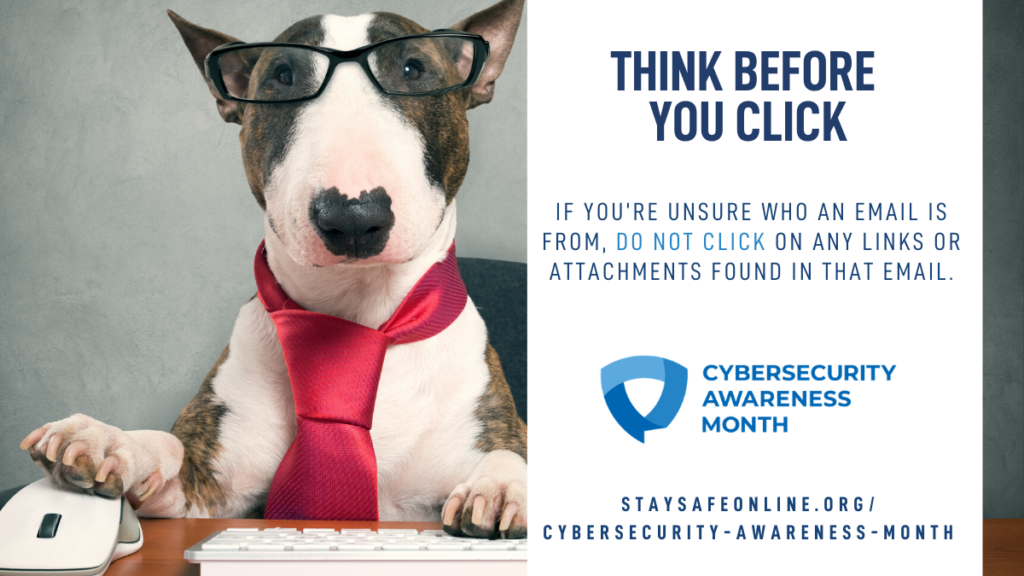
It only takes one time. Data breaches do not typically happen when a cybercriminal has hacked into an organization’s infrastructure. Many data breaches can be traced back to a single security vulnerability, phishing attempt, or instance of accidental exposure. Be wary of unusual sources, do not click on unknown links, and delete suspicious messages immediately.

Knowing how to protect your personal and business information is only half of the battle. Without implementing these safeguards you are leaving yourself and your business open to attack.

